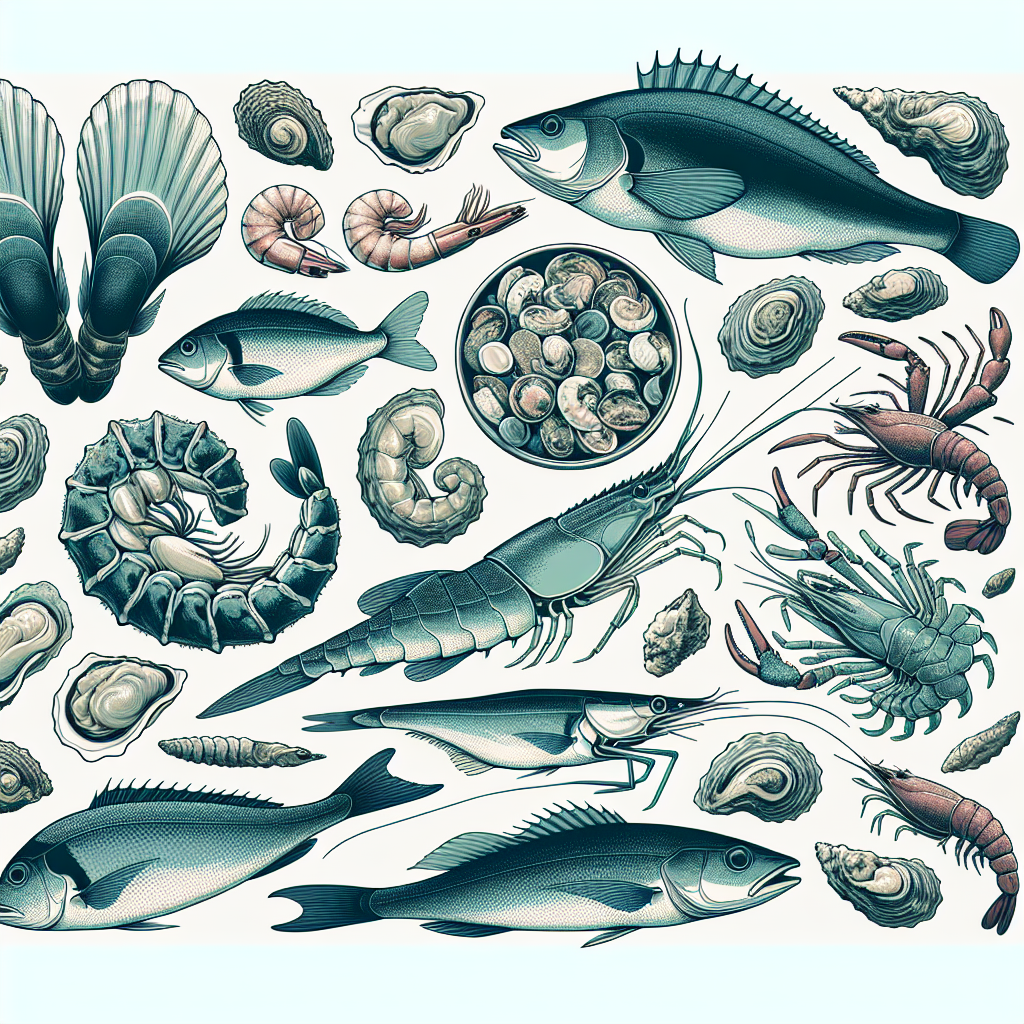It’s a testament to the region’s commitment to sustainability and responsible harvesting, serving as a benchmark for other fishing industries worldwide.
Gulf seafood’s allure is deeply rooted in its extraordinary taste profile. Whether you’re savoring buttery Blue Crab, succulent Red Snapper, or the robust flavors of the Gulf Shrimp, each bite showcases the unique characteristics of its species.
This deliciousness, experts suggest, is largely due to the Gulf’s warm, nutrient-dense waters, which provide an ideal habitat for diverse marine life.
The diversity and abundance of Gulf seafood leave chefs spoilt for choice.
From the traditional Shrimp Po’Boys of New Orleans to the Crab Cakes of Houston’s upscale eateries, Gulf seafood has found its way into countless dishes, both humble and haute. This culinary versatility has not gone unnoticed by food enthusiasts and gastronomes, who are increasingly looking to Gulf seafood for its fresh, vibrant flavors.
However, today’s diners don’t just crave great taste. They also demand sustainable, responsibly sourced food. Here, Gulf seafood shines. Stringent regulations, enforced by entities such as the Gulf of Mexico Fishery Management Council, ensure that the Gulf’s bounty is harvested responsibly. The council’s comprehensive management plans are designed to protect the region’s fish populations while promoting a vibrant fishing industry.
Moreover, the Gulf seafood industry significantly contributes to local economies, creating jobs and bolstering community livelihoods. The shrimp industry alone provides employment for thousands of people across the Gulf states.
At the same time, the revenue from recreational fishing contributes immensely to coastal tourism, ensuring a stable stream of income for these communities.
In recent years, the Gulf seafood industry has also stepped up its efforts in traceability and transparency. Consumers can now trace their seafood back to the very boat that caught it, thanks to innovative traceability programs. This not only ensures the quality and safety of the seafood but also provides consumers with the assurance that their food is sourced sustainably.
In the face of challenges like overfishing and climate change, Gulf fisheries have shown remarkable resilience, thanks largely to effective management strategies. These include catch limits, gear restrictions, and habitat protection measures. Such efforts underscore the Gulf seafood industry’s commitment to sustainability, even as it continues to provide consumers with top-quality seafood.
But it’s not just about the seafood. The Gulf’s marshes, mangroves, and wetlands are among the most productive ecosystems on the planet, providing essential habitats for a wide array of species.
These areas also play a critical role in carbon sequestration, helping to mitigate the effects of climate change.
By protecting these habitats, the Gulf seafood industry is playing a crucial role in preserving biodiversity and promoting environmental health.

So next time you tuck into a plate of Gulf Oysters or Blackened Redfish, know that you’re not just enjoying a delicious meal. You’re also supporting a sustainable, responsible industry that’s doing its part to protect our planet’s precious marine resources.
You’re tasting the fruit of the Gulf’s commitment to the balance of nature and commerce – a balance that makes Gulf seafood an irresistible culinary and ecological choice.
Leave a Reply